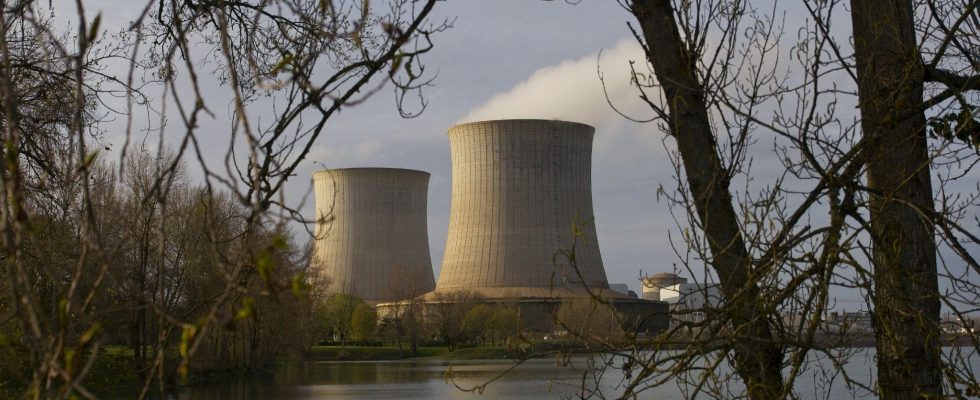This is a report eagerly awaited by the government, which is determined to carry out its nuclear safety reform: two parliamentarians recommend, in a draft text made public on Tuesday July 11, to found the IRSN, the technical expert of the safety, and the ASN, policeman of the sector, controversial reform intended to “fluidify” the decisions on bottom of relaunch of the atom. “To bring together the human and financial resources currently allocated to control, expertise and research in nuclear safety and radiation protection, so that they come under a single and independent structure in the future” is the first of the recommendations written by Renaissance deputy Jean-Luc Fugit and senator LR Stéphane Piednoir, after hearings behind closed doors with a large panel of actors. This text, presented as a provisional version of the report and which AFP consulted, must be examined on Tuesday by the Parliamentary Office for Scientific and Technological Choices (Opecst), whose position as a whole is not known.
In April, the government had failed in Parliament to merge in express mode the Institute for Radiation Protection and Nuclear Safety (IRSN) into the Nuclear Safety Authority (ASN), the policeman of the power stations, against a backdrop of fears for transparency, independence and quality of expertise. The executive, which has always said its intention to go through with this project, was waiting for the Opecst report. The reform, decided behind closed doors at the Elysee Palace on February 3, aims to “fluidify” the decisions of the ASN, while Emmanuel Macron wants to relaunch nuclear power and have six new reactors built in France.
“AISNR”
The authors of this report recommend giving the new authority resulting from this merger “a name recalling its independent character”, and propose “Independent Authority for Nuclear Safety and Radiation Protection, or AISNR”. They want “a tighter timetable for the implementation of the reform, which should ideally have been completed by the end of 2024”, but call before that for “a legislative text duly debated in Parliament”. The two elected officials also suggest increasing “significantly, from 2024, the staff assigned to civil nuclear safety and radiation protection activities, both in terms of control, expertise and research”.
To do this, they recommend “strengthening the attractiveness of professions, in particular by ensuring that remuneration is competitive with that offered by other public establishments and companies in the same sector”. This recommendation is likened to a means of reassuring the IRSN unions, firmly opposed to this reform, which for them places the fate of research in the unknown (today a large part of the activity of the Institute) and risks causing a brain drain to other nuclear players. Since the announcement of the presidential intentions, linked in particular to the report by a former head of the Atomic Energy Commission (CEA) classified as “confidential defense”, IRSN employees but also scientists, nuclear experts, parliamentarians, are standing against this project to combine the two entities.
The current dual system – expertise at IRSN, decision at ASN – was born in the early 2000s from the lessons of the Chernobyl disaster and then from the health crises of the 1990s, with the separation between the functions of expertise and those of risk management: the work of the expert must be guided by the sole criterion of safety, far from the concerns of the operators. Critics of the reform are also concerned about transparency, since the law since 2016 required IRSN to publish its opinions over time. Among their recommendations, the two parliamentarians suggest “maintaining a separate publication of expert reports” and authority decisions. But they also recommend making these two publications now “concomitant”. This would be the end of the expertise published upstream.
